This Painting Has A Template, How Many Canvases Do You Want Us To Trace?
The Grid Method
how to utilize the grid method to overstate or transfer an image
The grid method is an inexpensive, low-tech fashion to reproduce and/or enlarge an prototype that you want to paint or draw. The grid method can exist a fairly fourth dimension-intensive process, depending on how large and detailed your painting will be. While the process is non every bit quick equally using a projector or transfer paper, information technology does accept the added benefit of helping to improve your drawing and observational skills.
In a nutshell, the filigree method involves drawing a filigree over your reference photo, and and then drawing a grid of equal ratio on your work surface (newspaper, canvass, wood panel, etc). Then you draw the paradigm on your sail, focusing on 1 square at a time, until the entire paradigm has been transferred. Once you're finished, you simply erase or paint over the grid lines, and offset working on your painting, which will be now be in perfect proportion! Yay.
To apply the filigree method, you demand to have a ruler, a newspaper copy of your reference paradigm, and a pencil to draw lines on the epitome. You lot will also demand a work surface upon which y'all will be transferring the photo, such equally paper, canvas, wood panel, etc.
To draw the grid lines on newspaper, I would recommend using a mechanical pencil, so that you lot can get a thin, precise line. Be sure to draw the grid very lightly, so that yous can easily erase it when you are finished.
To draw the grid lines on canvas or wood, I would suggest using a sparse piece of sharpened charcoal. Again, make certain yous brand the grid lines equally lite as possible, and so that they are easy to erase when you are finished. The do good of using charcoal on canvas or forest, instead of using pencil, is that charcoal can be easily wiped off with a newspaper towel or rag, whereas pencil tin can be more than hard to erase.
The important thing to remember when drawing the grids is that they must take a 1:1 ratio. This is very important - otherwise your cartoon will be distorted! Basically, a 1:1 ratio means that you will accept the exact same number of lines on your canvas equally you will on your reference photo, and that in both cases, the lines must be equally spaced autonomously - perfect squares.
Confused? Information technology's quite easy once y'all get the hang of information technology. Let's see the grid method in action, and information technology will brand more sense.
Let's say you want to paint the following epitome:

This reference photo is 5" x vii". As luck would have it, you lot want to make a 5" x 7" painting from this photo. Then cartoon the grid will be pretty straightforward. But if yous want to brand a large painting, you could also make a painting that is ten" x 14" or xv" ten 21" or 20" ten 28". Why those sizes and not other sizes? Because those sizes are the same ratio as the 5" ten 7" reference photograph. In other words:

See? Information technology's basic math. The size of your artwork must always exist equally proportionate to the size of the reference photograph.
Because of this, it's of import to exist aware of what size canvases and wood panels are commercially available. If you stretch your own canvases, you can go stretcher bars in but well-nigh any size to suit your needs. But if you're like nearly of us, you purchase pre-stretched canvases, and so you are limited to the more popular sizes.
And so, back to grid-making. Hither is what you want your grid to wait similar:
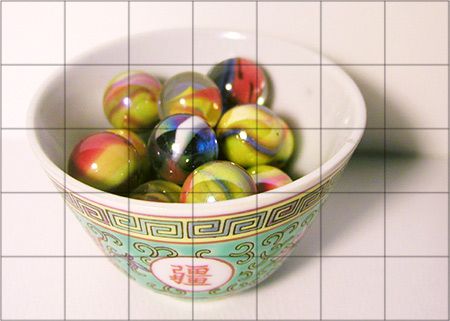
To depict the grid:
Each foursquare is 1 square inch. To draw this filigree, put your ruler at the top of the paper, and make a small mark at every inch. Identify the ruler at the lesser of the paper and do the same affair. Then use the ruler to make a straight line connecting each dot at the bottom with its partner at the height.
At present place the ruler on the left side of your paper, and brand a small marker at every inch. So identify the ruler on the right side of the paper, and do the same affair. And then, using your ruler, make a straight line connecting the dots on the left with their partners on the right.
Voila, yous've got a grid! At present repeat the same procedure on your paper or canvas:
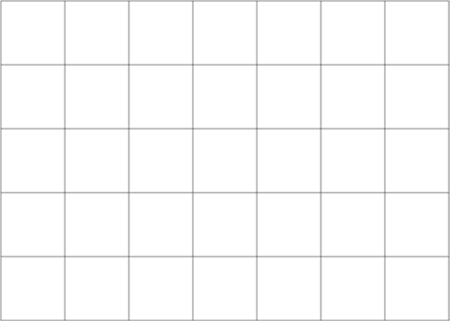
Y'all've now got a filigree on your work surface that perfectly matches the grid of your reference photo. Bravo!
Because this painting will exist the exact size as the reference photo, the squares on this canvas are also ane foursquare inch. If this painting was going to be x" x 14", then the squares would need to exist 2 square inches, because:

See?
Basically, to overstate the image, you'll need to do this kind of math (even if you hate math!). It'due south necessary in lodge to make sure the enlargement is exactly proportionate to the original. If yous're not sure whether yous've done the math correctly, simply count the number of squares in each row and in each cavalcade, and ask yourself:
-
Are in that location an equal number of rows and columns on the sheet as there are on the reference photo?
-
Are the squares on the canvas perfect squares, just similar the squares on the reference photo?
If yous can answer yes to both of those questions, you've got the gridding procedure downward pat!
Now, back to the v" x 7" grid above.
I find that it's sometimes easier to keep runway of where I am amongst all those trivial squares by marking them numerically and alphabetically along the edges of the paper and canvas. This style if I go lost, particularly inside a much larger painting with many more squares, I can easily locate where I want to be. I write the numbers and letters actually small and lightly, so that they can be easily erased. It looks something like this:
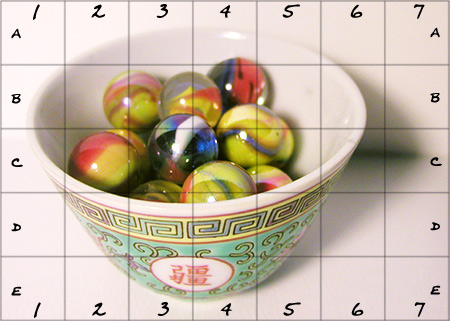
And this is how it looks on the newspaper or canvas:
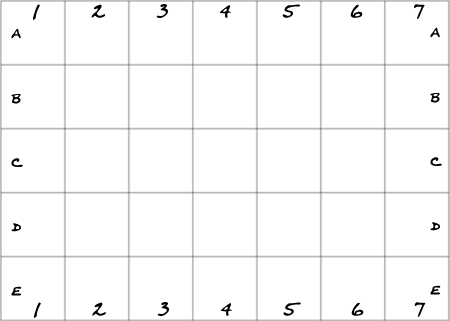
So now your task is to transfer what you run across in the reference photo, block past block, onto your canvas or paper. When I utilise the grid method, I always commencement at the top left corner, and work my mode beyond and down. Since Foursquare A1 is bare in the reference photo, we'll move on to A2. Describe in A2 exactly as you see information technology:
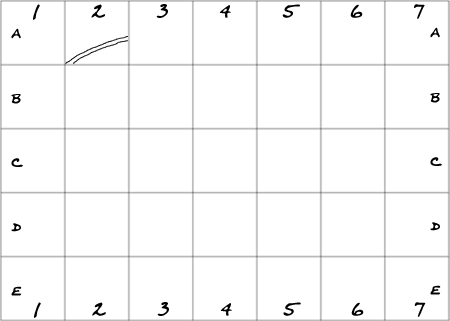
The grid basically divides the original image into smaller blocks so that you lot can more easily see what belongs where. You can see that in the photo, the left side of the little bowl intersects the corner at the bottom left of Square A2. So you draw the line from there to just beneath the center of the line betwixt A2 and A3.
That first block was like shooting fish in a barrel! At present exercise the adjacent cake:

So you see that every bit yous are transferring the image, you are but paying attention to one block at a time. Don't worry most the other blocks - just focus on that one block. Endeavor as much as you tin can to copy exactly what you meet in that little square in the photo to the corresponding square on your newspaper or canvass. Focus on getting the placement of each line just right! Here nosotros go:
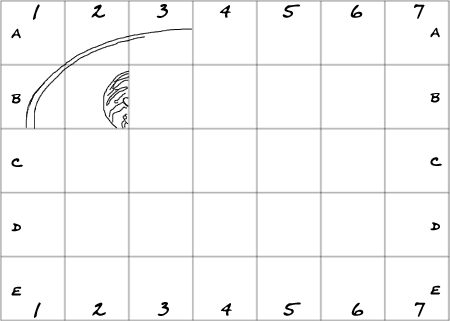
And and then the next square:
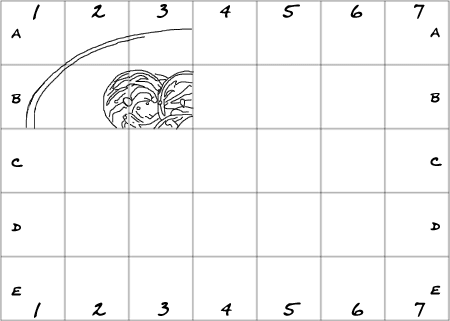
I think you get the idea now. Basically you continue on in this way, until all the squares are done and the epitome is completely transferred. By focusing on one square at a fourth dimension, you end up drawing what you actually encounter, and not what you call back you meet or even what you lot think you ought to come across. Once finished, you now have a pretty authentic rendition of your reference photo, ready for painting or drawing!
When yous are done transferring the epitome, gently erase the grid lines. Congratulations - you're set to paint!
Video demonstrations
If you'd similar to run across a video sit-in of the grid method, check out these courses on Skillshare. Get immediate access with their 14-twenty-four hour period free trial or utilize our lawmaking, ARTISFUN30, to get xxx% off annual membership! If you sign up via whatever of these links, I get a commission that helps support this site!
In summary...
The grid method has been used by artists for centuries as a tool to creating correct proportions. Renaissance artists, even the great Leonardo da Vinci, used the grid method! The filigree method dates back to the ancient Egyptians. Information technology is clearly a useful method for artists and aspiring artists alike. If you plan to use the grid method, keep the post-obit tips in heed:
If you are planning to enlarge your reference photo to create a bigger painting, please call up to continue the proportions correct. Make sure that everything is equal. For instance, if your photo is 8" ten 10", and then you can easily create a painting that in this sizes:

These sizes work because they are all equal to 8" x x". Basically, if you lot multiply one side by 2, multiply the other side by 2 besides. This is the just style that the enlargement will be proportionally right!
If you want to paint using a pre-stretched canvas, but your reference photo does not fit any of the standard canvas sizes, try cropping your photo and so that it does fit.
The grid method is not only useful for photorealistic paintings, but tin can also be applied to enlarge or transfer drawings or sketches in any style, such as abstruse, cubist, whimsical, etc. Information technology'southward an effective way to transform that little putter in your sketchbook into a full-diddled painting!
This is Page ix of a 15-page guide explaining how to paint photorealistically.


An Introduction to Art Techniques
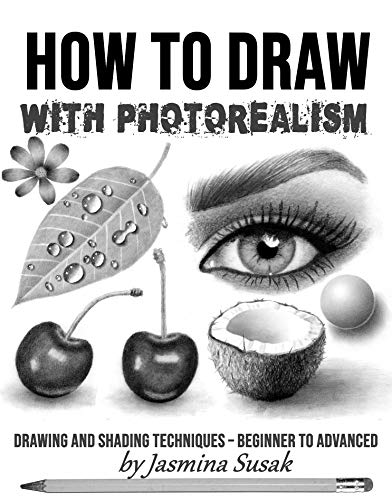
How to Draw with Photorealism
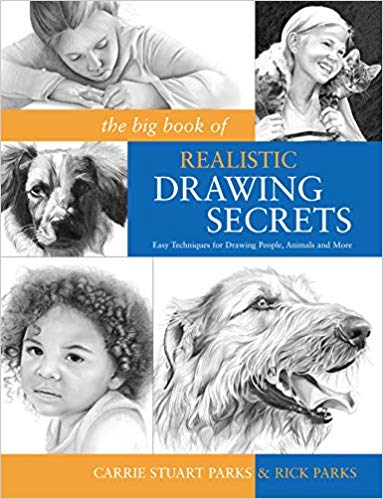
Realistic Drawing Secrets
Let's Depict Form
Check out my in-depth review of the Allow's Draw Course! It's a digital course – that you tin access immediately – taught through videos and ebooks by two experienced instructors. Highly recommended!
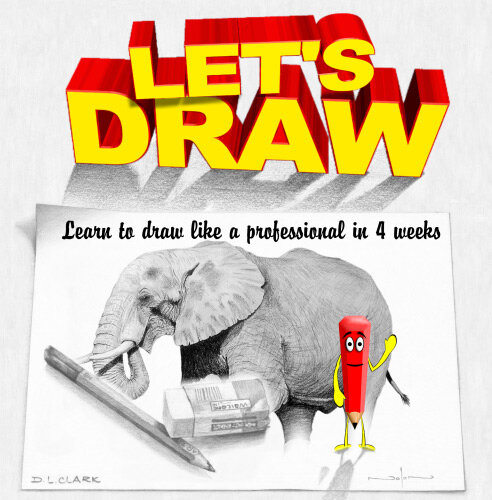
This Painting Has A Template, How Many Canvases Do You Want Us To Trace?,
Source: https://www.art-is-fun.com/grid-method
Posted by: smithaginsons.blogspot.com

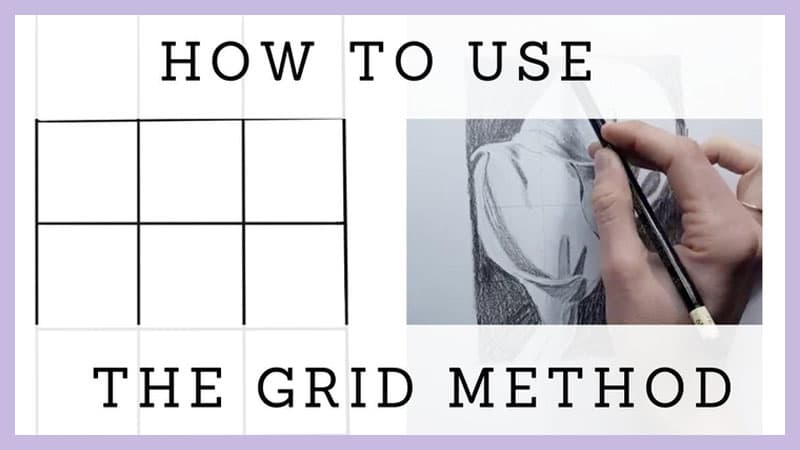
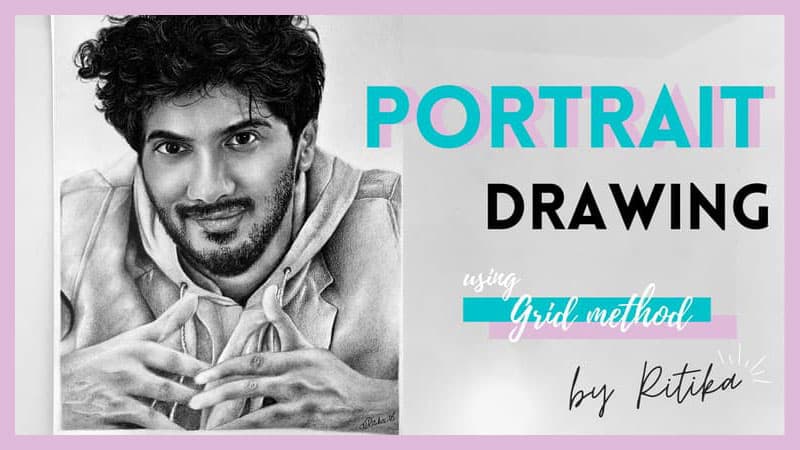

0 Response to "This Painting Has A Template, How Many Canvases Do You Want Us To Trace?"
Post a Comment